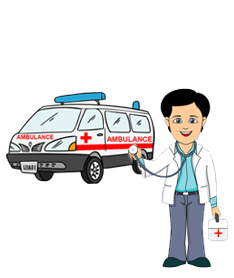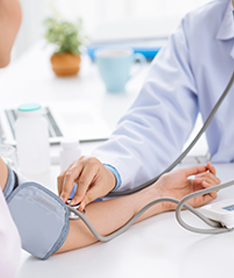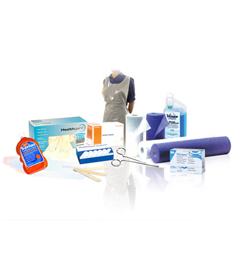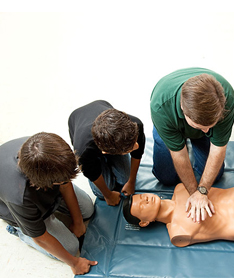Clinical pathology is the branch of pathology that is concerned with the diagnosis of disease based on the laboratory analysis of body fluids such as blood, urine and tissues.
Reasons to get tested:
(There are various reasons to get tested, which cannot all be listed here. Below are the most common reasons)
- It helps doctors to evaluate and confirm diagnosis of a disease
- It can validate or negate the suspicion of pregnancy
- It can give you a fair idea on your control over certain diseases like diabetes
- A sample of blood can also prove or disprove the presence of many diseases, such as HIV, diabetes and prostate cancer to name a few. The early detection of these and other diseases is only possible through routine blood tests. The sooner they are detected, the sooner an effective treatment for them can be implemented.
Preparation:
- Please verify with your health provider if your test requires you to be on an empty stomach. If so, please remain in a fasting state for 12 - 14 hours prior to your blood test (Not even tea or coffee is permitted. Only plain water)
- You are advised to not ingest alcohol, tobacco and smoke for at least a day before giving your blood sample.
- You are also advised to not ingest any medication on the day of your test. Please carry your regular medication when you come for your check up e.g. for blood pressure, diabetes, etc.
During the test:
- The amount of blood drawn at the time of collection for laboratory testing depends on the tests that are ordered. Usually the amount collected is very small (around 3-6 teaspoons)
- Some patients become anxious when they have their blood drawn. Patients should tell the technician who is drawing the blood if they feel faint or sick. Slow deep breaths prior to the needle stick may help to alleviate anxiety.
- After a blood draw, the phlebotomist makes sure that all signs of bleeding have stopped. A bandage is applied to the arm for a minimum of 15 minutes.
- Aspirin or other anticoagulant (blood thinners) drugs can prolong bleeding. In such cases, patients may need continued applied pressure until the bleeding has stopped. A cold pack may be necessary to reduce swelling and bruising.
- After a patient’s blood has been drawn, even when the bleeding has stopped, patients should not carry or lift a purse or child (or other heavy object) with that arm for a minimum of an hour.

















